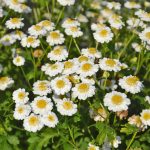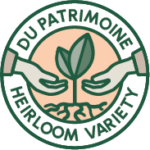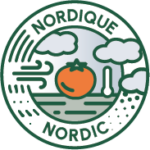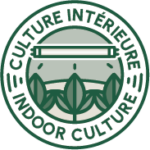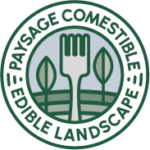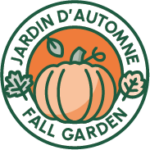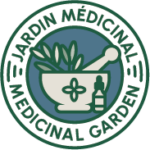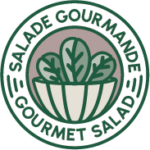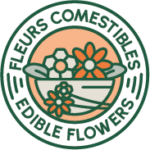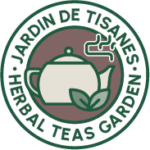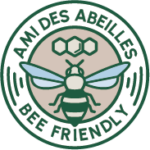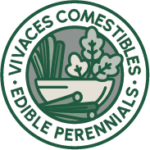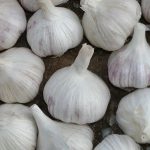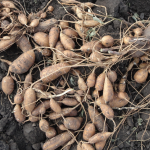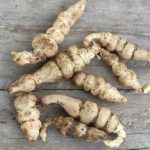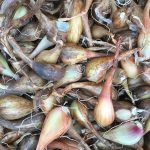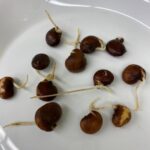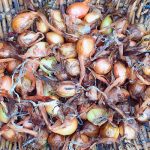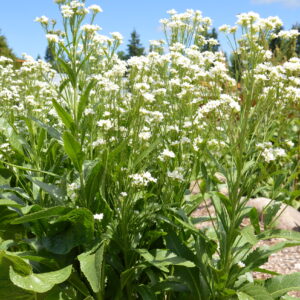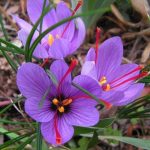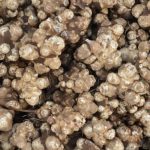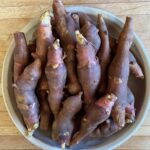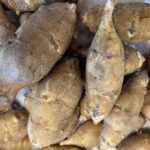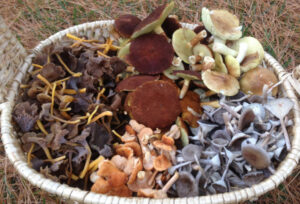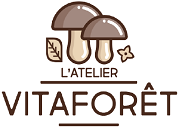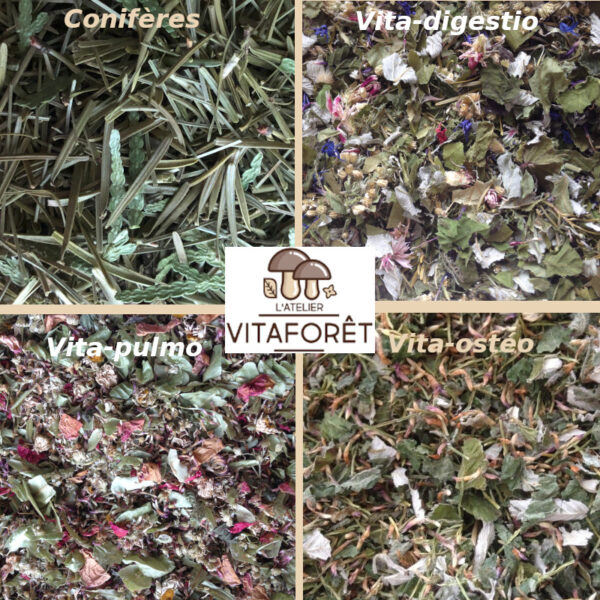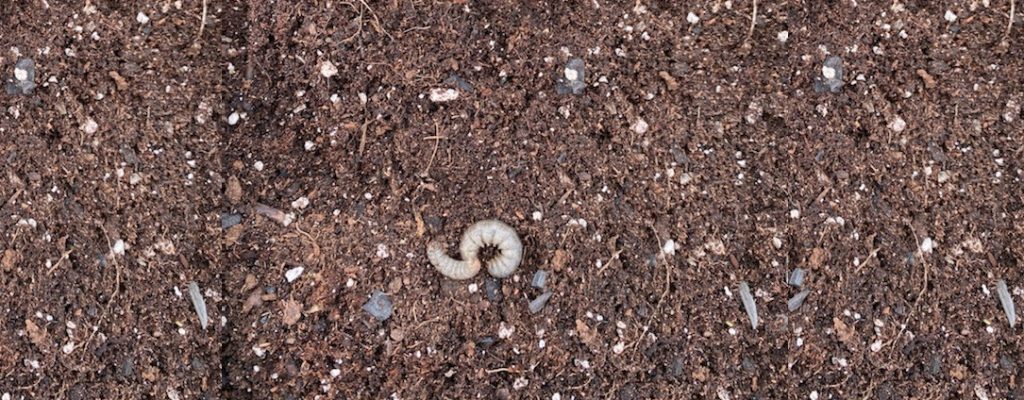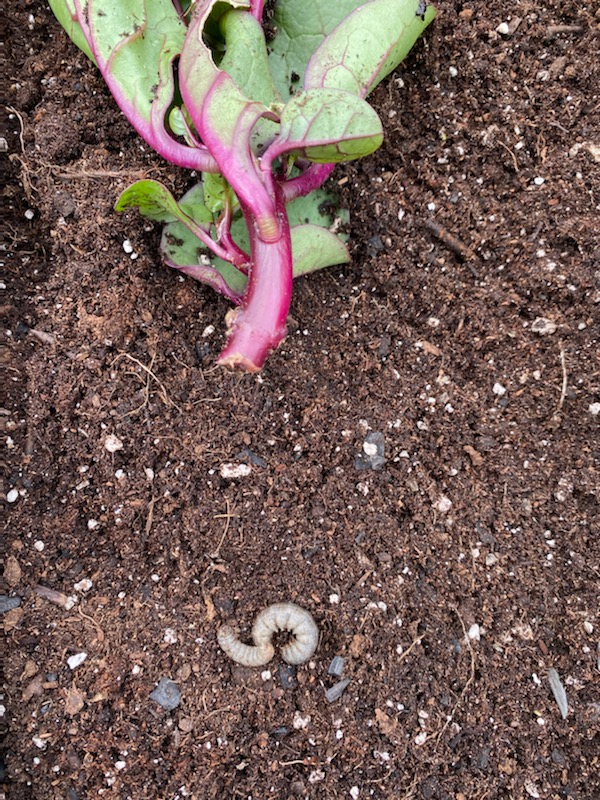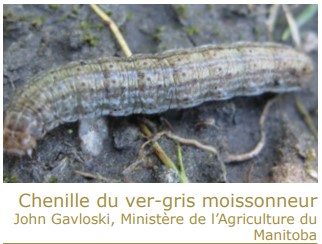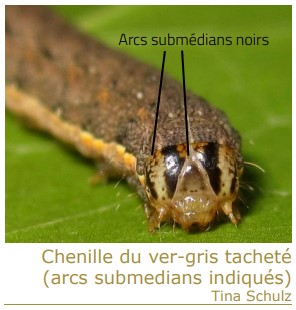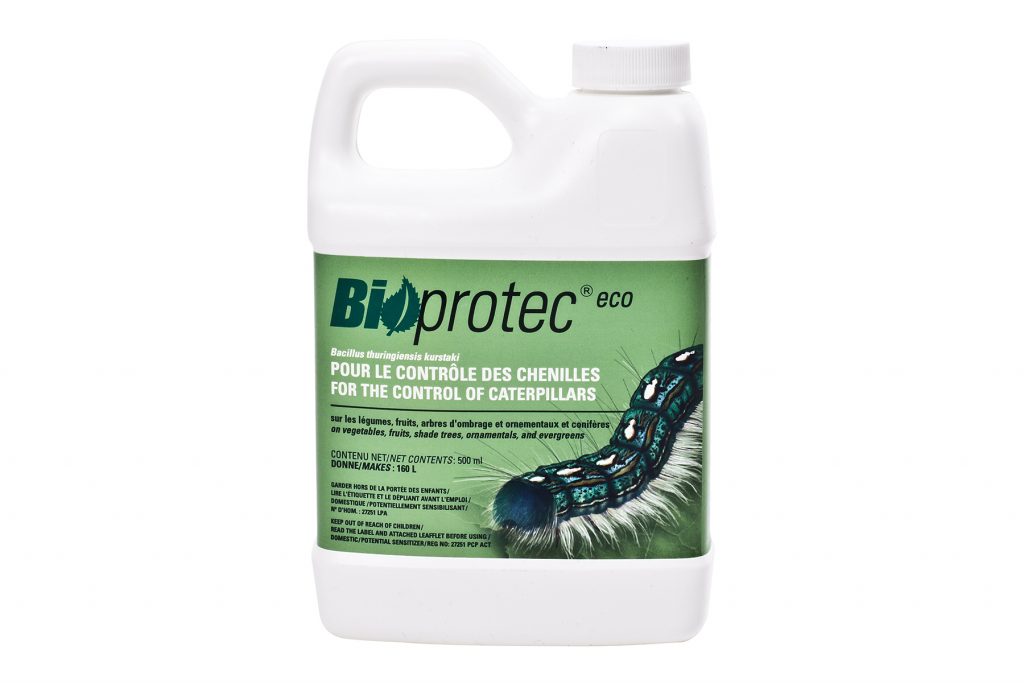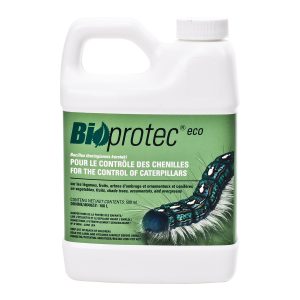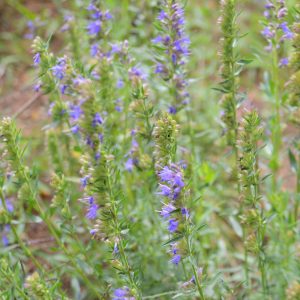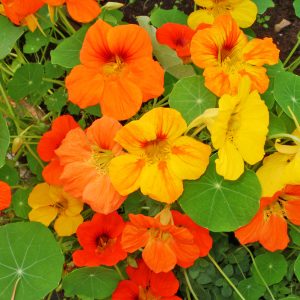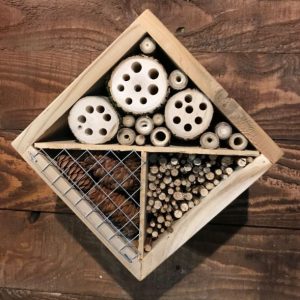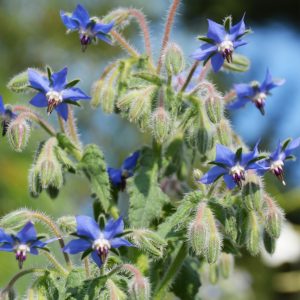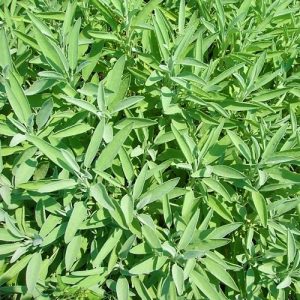The presence of larvae is mainly identified when the base of the stems of young plants is cut. Once the damage is observed, the plant is unfortunately completely lost. There is no other choice than to plant again or resow. More rarely, young larvae eat foliage, and sometimes they also devour stems or fruits.
Gray worms should not be confused with white worms which are the larvae of common chafers and Japanese beetles.
It exists two types of cutworms that ravage crops, whether eggplant, beets, Swiss chard, carrots, celery, ground cherries, cabbage, cucumbers, squash, French shallots, beans, lettuce, corn, melons, turnips, onions, parsnips, peppers, leeks , peas, peppers, potatoes, radishes and tomatoes.
Harvester cutworms
From the eggs, rather long larvae of variable color are born. Most of the time they are grayish, but also have brown, pinkish brown and black markings. They then transform into a pale to dark brown chrysalis from which adults emerge in the form of butterflies with gray-brown forewings and whitish hindwings with dark veins.
The life cycle of the harvester cutworm is one generation per year. The eggs hibernate in the top inch of soil. It is in May that they hatch and it is between the end of June and the beginning of July that the larvae are mature and therefore harmful.
Adults emerge from August to October and lay their eggs in the soil in the fall.
Spotted cutworms
Emerging from the eggs, the larvae, of variable color, range from green to brown, including black and pinkish orange. They also have white lines and are spotted with black. Their heads are greenish yellow. The pupae are shiny and brown in color. The butterflies have dark brown forewings and gray hindwings.
Spotted cutworms produce two generations per year because they hibernate in the larval stage. In spring, the larvae, which then devour the bottom of the stems, pupate in the soil before the adults emerge. From the end of May to the end of July, females mate before laying their eggs under the foliage of host plants or directly on the ground. After hatching, the larvae feed mainly on foliage.
From August to October, the second generation of adults emerges and lays eggs in the ground. The eggs develop there and the insects hibernate as larvae.
A little prevention
This can be done by protecting the base of the seedlings with a hard container of which at least 3 cm is buried in the ground and 5 cm is above the ground. If we use plants rather than seeds, we wait until they have at least 3 to 5 true leaves before putting them in the ground. Young larvae do not like very humid soils, so frequent watering, especially in summer, reduces their damage. The presence of beneficial insects and birds also has an effect on the size of populations.
Good crop rotation and the elimination of unwanted weeds are also good prevention actions.
Repellent plants
The borage, nasturtiums, hyssops, mints, rosemary, sages Officinalis and tansy are considered repellent plants for cutworms.
Finally, treatment
In addition to collecting cutworms and destroying them, you can spray btk to control larvae that eat foliage.
Here is a recipe used by Jean-François Lévêque in the Jardins de l'écoumène to control mature larvae which devour the bottom of the stems;
Couscous and BTK
Ingredients
- 125 ml (1/2 cup) sugar
- 1,5 L (6 1/3 cup) water
- 20 ml (1 1/3 tbsp) BTK
- 1 kg (6 1/8 cup) couscous
instructions
Add, while mixing, the sugar and BTK to your water, then pour the liquid into the couscous.
Mix so that the liquid can rehydrate the couscous evenly.
Let sit for 15 to 20 minutes until the couscous is puffy.
Sprinkle it around the edges of your plants, the cutworms will eat the mixture rather than your stems.
Download this recipe card: Couscous and BTK: against voracious cutworms.
To go further:
The IRIIS phytoprotection site, developed by the Ministry of Agriculture, Fisheries and Food and the Reference Center for Agriculture and Agri-Food of Quebec, provides several information and technical sheets such as this one: Spotted cutworm, IRIIS phytoprotection – Technical sheet, Spotted cutworm.
Consult this technical sheet from the agri-réseau website; Document_99543.pdf (agrireseau.net)


